Home>Ideas and Tips>Indoor Basketball Court Design: Home Sports Facility Ideas
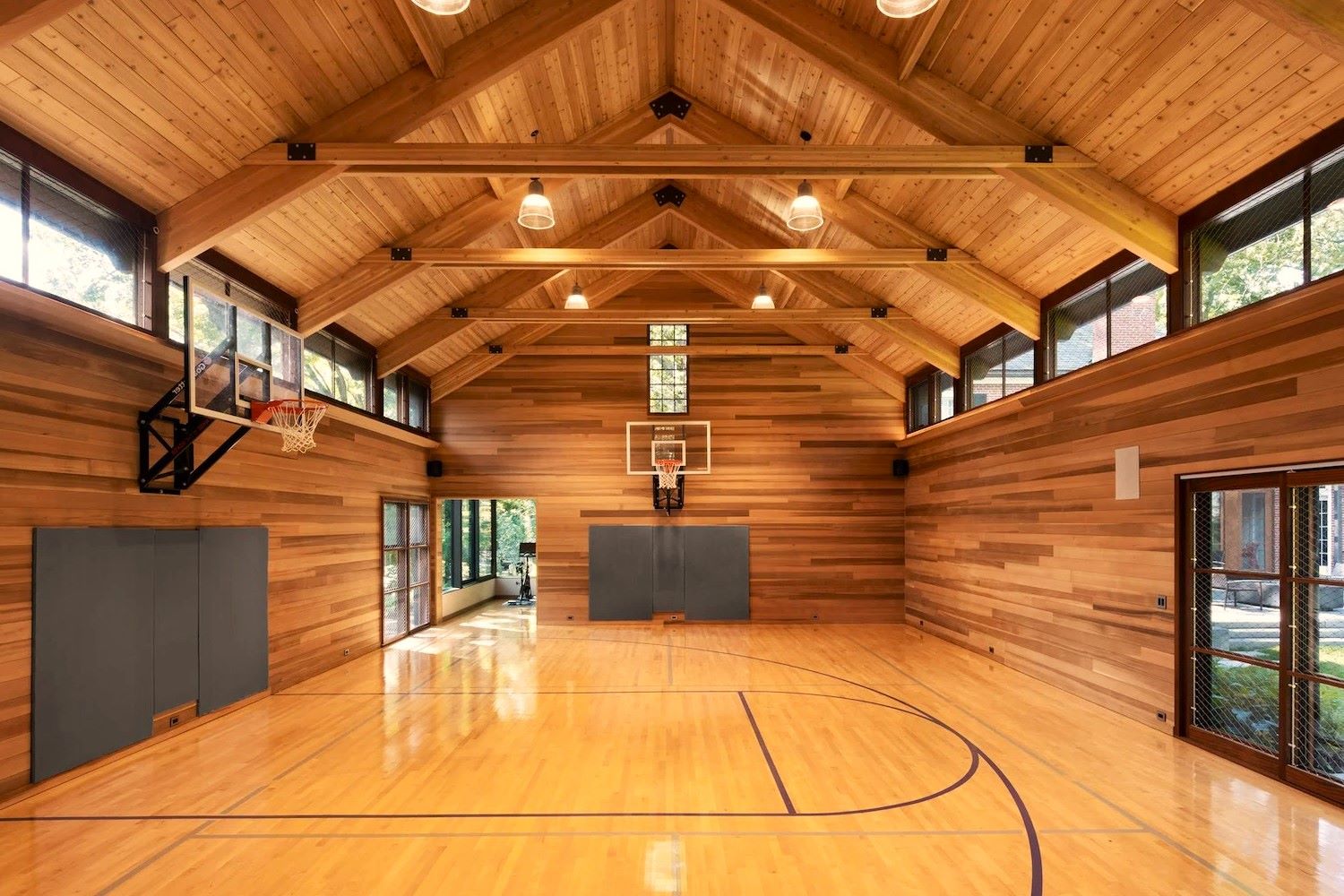

Ideas and Tips
Indoor Basketball Court Design: Home Sports Facility Ideas
Published: September 23, 2024
Discover indoor basketball court design ideas for your home. Enhance your property with a custom sports facility. Get tips on planning, safety, and costs.
(Many of the links in this article redirect to a specific reviewed product. Your purchase of these products through affiliate links helps to generate commission for Storables.com, at no extra cost. Learn more)
Building an indoor basketball court in your home can be a dream come true for any sports enthusiast. Not only does it provide a dedicated space for your favorite sport, but it also adds value to your property and enhances the overall living experience. In this article, we will delve into the world of indoor basketball court design, exploring various aspects from planning and customization to safety and maintenance.
Introduction to Indoor Basketball Court Design
Indoor basketball courts have become increasingly popular in residential settings, particularly in co-living and student accommodation developments. These courts offer a wide range of physical and mental health benefits, making them an ideal addition to any home. They provide an opportunity for vigorous exercise, socialization, and can even serve as a multi-purpose sports facility for activities like volleyball or badminton.
Benefits of Indoor Basketball Courts
Physical Health Benefits: Indoor basketball courts offer an excellent way to stay physically active. The high-intensity exercise involved in playing basketball can improve cardiovascular health, increase muscle strength, and enhance overall fitness.
Mental Health Benefits: Engaging in sports activities like basketball can significantly improve mental health by reducing stress levels and boosting mood. The social interaction that comes with playing on a court also helps in building a sense of community among residents.
Social Benefits: An indoor basketball court serves as a dedicated recreational space where residents can gather, socialize, and participate in various activities together. This shared space fosters a sense of community within the development.
Marketing Value: For residential developers, an indoor basketball court can be a significant marketing tool. It adds tangible value to the property by attracting potential tenants who are looking for amenities beyond just a bedroom.
Planning Your Indoor Basketball Court
Before embarking on the project, it's crucial to plan carefully to ensure that your indoor basketball court meets all your needs and requirements.
Space Considerations
Floor Space: The amount of floor space available is a critical factor in designing an indoor basketball court. Typically, a full-size NCAA court requires around 3,600 square feet of space. However, this can vary depending on whether you're planning for a standard or multi-purpose court.
Height: The height of the ceiling is also important. A clear span of at least 20 feet is recommended to accommodate high-flying shots and ensure safety.
Layout: Consider the layout of your home and how the court will integrate with other living spaces. A private entrance for the court can help maintain privacy and avoid disrupting household activities.
Customization Options
Flooring: The type of flooring you choose is essential for durability and performance. Hardwood flooring is a popular choice due to its smooth surface and aesthetic appeal. However, multipurpose materials like rubber or synthetic surfaces can also be cost-effective and easier to maintain.
Lighting: Proper lighting is vital for an indoor basketball court. High-intensity LED lights can provide excellent illumination without causing glare or eye strain.
Ventilation: Adequate ventilation ensures that the air inside the court remains fresh and free from moisture buildup. This is particularly important in high-activity areas like sports facilities.
Safety Features: Incorporating safety features such as padding around the perimeter, anti-slip flooring, and emergency exits can significantly enhance the safety of users.
Design Principles for Indoor Basketball Courts
When designing an indoor basketball court, several factors need to be considered to ensure that it meets all requirements and provides a functional space for users.
Safety
Perimeter Padding: Installing padding around the perimeter of the court can help reduce the impact of falls and injuries.
Anti-Slip Flooring: Using anti-slip flooring materials can prevent slips and falls, especially during high-intensity activities.
Emergency Exits: Ensuring that there are clear emergency exits in case of an emergency is crucial for safety.
Accessibility
Ramps and Stairs: Providing ramps or stairs for easy access can make the court more accessible for users with mobility issues.
Wheelchair Accessibility: Incorporating wheelchair-accessible ramps and seating areas can ensure that everyone can participate in activities.
Aesthetics
Branding and Murals: Incorporating branding elements like logos or murals can create a sense of place and foster pride among residents.
Visual Identity Elements: Adding visual identity elements such as color schemes and design patterns can enhance the overall aesthetic appeal of the court.
Popular Sizes and Configurations
Indoor basketball courts come in various sizes and configurations to suit different needs and spaces.
Standard Sizes
Full-Size NCAA Court: A full-size NCAA court measures 94 feet long and 50 feet wide, providing ample space for regulation-sized games.
Multi-Purpose Courts: Multi-purpose courts can be designed to accommodate different activities like volleyball or badminton by adjusting the dimensions and surface material.
Custom Configurations
Half-Courts: Half-courts are ideal for smaller spaces and can be used for practice sessions or casual games.
Mini-Courts: Mini-courts are perfect for younger children or beginners, offering a smaller playing area with lower hoops.
Building Materials and Options
The choice of building materials is crucial for durability and performance in an indoor basketball court.
Steel vs. Wood
Steel Buildings: Steel buildings offer several benefits including durability, structural integrity, and ease of maintenance. They come with a 50-year structural warranty, making them an excellent choice for indoor sports facilities.
Wooden Structures: Wooden structures are another option but may require more maintenance compared to steel. They can be more aesthetically pleasing but may not offer the same level of durability.
Pre-Fabricated Kits
Pre-Fabricated Pole Barns: Pre-fabricated pole barns are cost-effective and can be customized to fit specific needs. A large pole barn can cost around $20,000, and additional costs for leveling the land, foundation, and flooring can range from $5,000 to $10,000.
Cost Considerations
The cost of building an indoor basketball court can vary widely depending on several factors including the size of the court, materials used, and customization options.
Initial Costs
Structure Cost: The cost of the structure itself can range from $20,000 to $50,000 or more depending on whether you opt for a steel or wooden structure.
Flooring Cost: The cost of flooring can range from $10,000 to $30,000 depending on whether you choose hardwood or multipurpose materials.
Lighting and Ventilation Cost: Additional costs for lighting and ventilation systems can range from $5,000 to $10,000.
Safety Features Cost: Incorporating safety features like perimeter padding and anti-slip flooring can add an additional $5,000 to $10,000 to the overall cost.
Ongoing Maintenance Costs
Maintenance Frequency: Regular maintenance is essential to keep the court in good condition. This includes cleaning the floor, checking lighting systems, and ensuring proper ventilation.
Maintenance Cost: The ongoing maintenance cost can range from $1,000 to $3,000 annually depending on how frequently you use the court.
Real-Life Examples and Inspiration
Looking at real-life examples and inspiration can help you visualize your dream indoor basketball court.
Luxury Homes with Basketball Courts
Shaquille O'Neal's Home: Shaquille O'Neal's former home in Orlando boasted a 6,000 square foot NBA-certified indoor court complete with bleachers and a locker room.
Magic Johnson's Home: Magic Johnson's onetime Los Angeles home featured an indoor court with its own locker room, showcasing how luxury homes can integrate sports facilities seamlessly.
Community-Driven Initiatives
Private Courts: Private courts like the one featured in El Dorado Hills near Sacramento are often used by professional players who stop by for practice sessions. These courts are designed to provide privacy and convenience for athletes.
Community Centers: Community centers with indoor basketball courts serve as hubs for social interaction and community activities. They often feature additional amenities like locker rooms, seating areas for spectators, and equipment storage.
Read more: Essential Houseplants For Cleaner Indoor Air
Conclusion
Building an indoor basketball court is a significant investment that requires careful planning and consideration of various factors including space, materials, safety features, and customization options. By understanding these aspects and drawing inspiration from real-life examples, you can create a functional and aesthetically pleasing sports facility that enhances your living experience and adds value to your property.
Whether you're a seasoned athlete or just starting out with sports activities, an indoor basketball court offers endless possibilities for recreation, socialization, and personal growth. With proper design principles and careful planning, you can turn your dream into reality and enjoy the numerous benefits that come with having an indoor sports facility at home.
Was this page helpful?
At Storables.com, we guarantee accurate and reliable information. Our content, validated by Expert Board Contributors, is crafted following stringent Editorial Policies. We're committed to providing you with well-researched, expert-backed insights for all your informational needs.
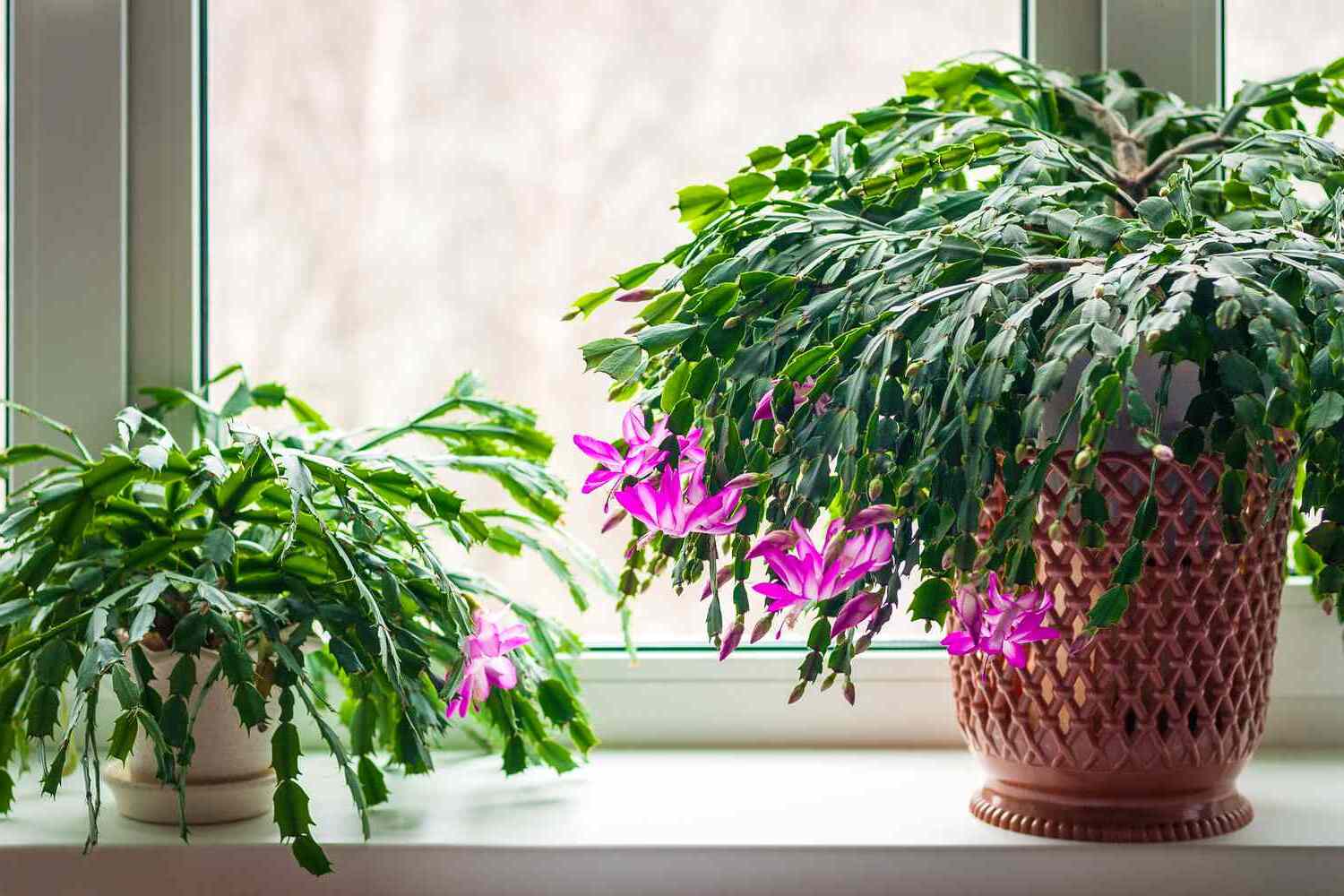
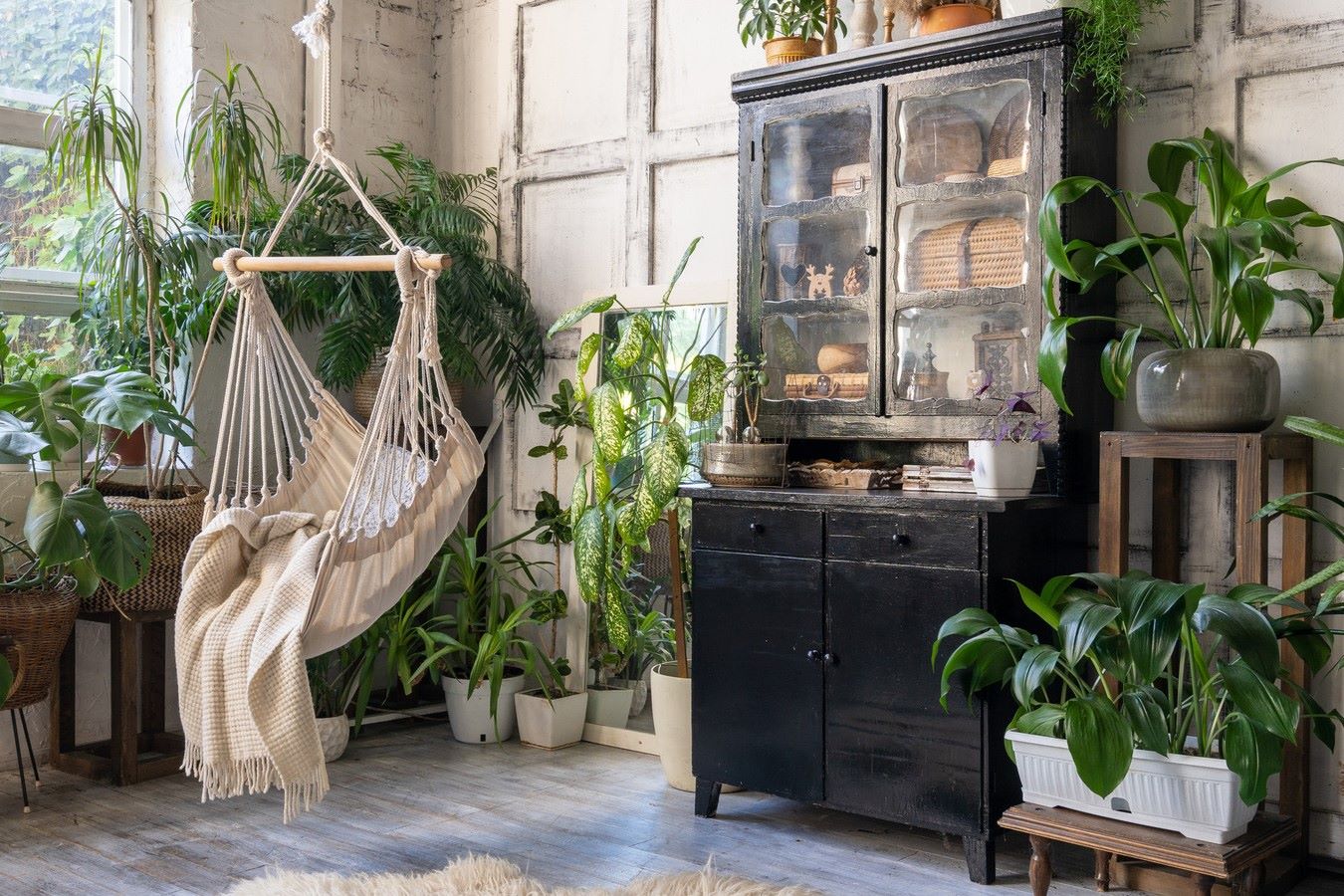
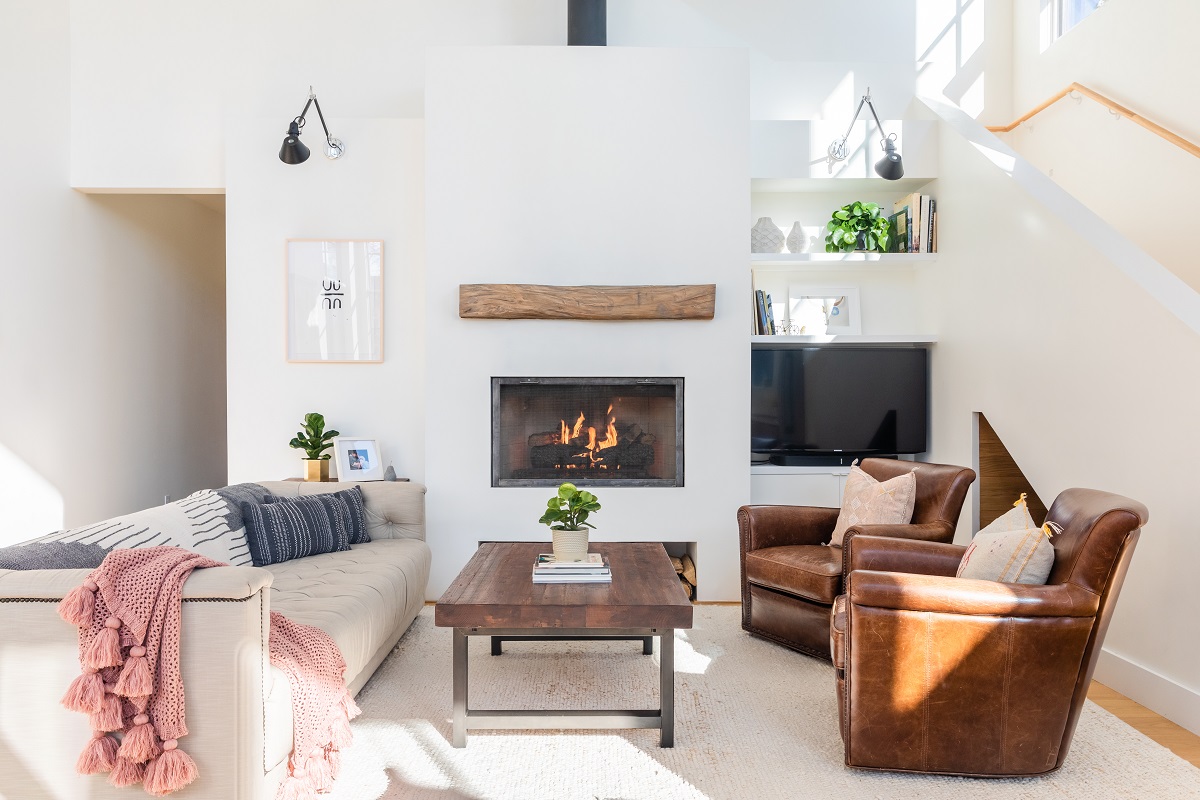
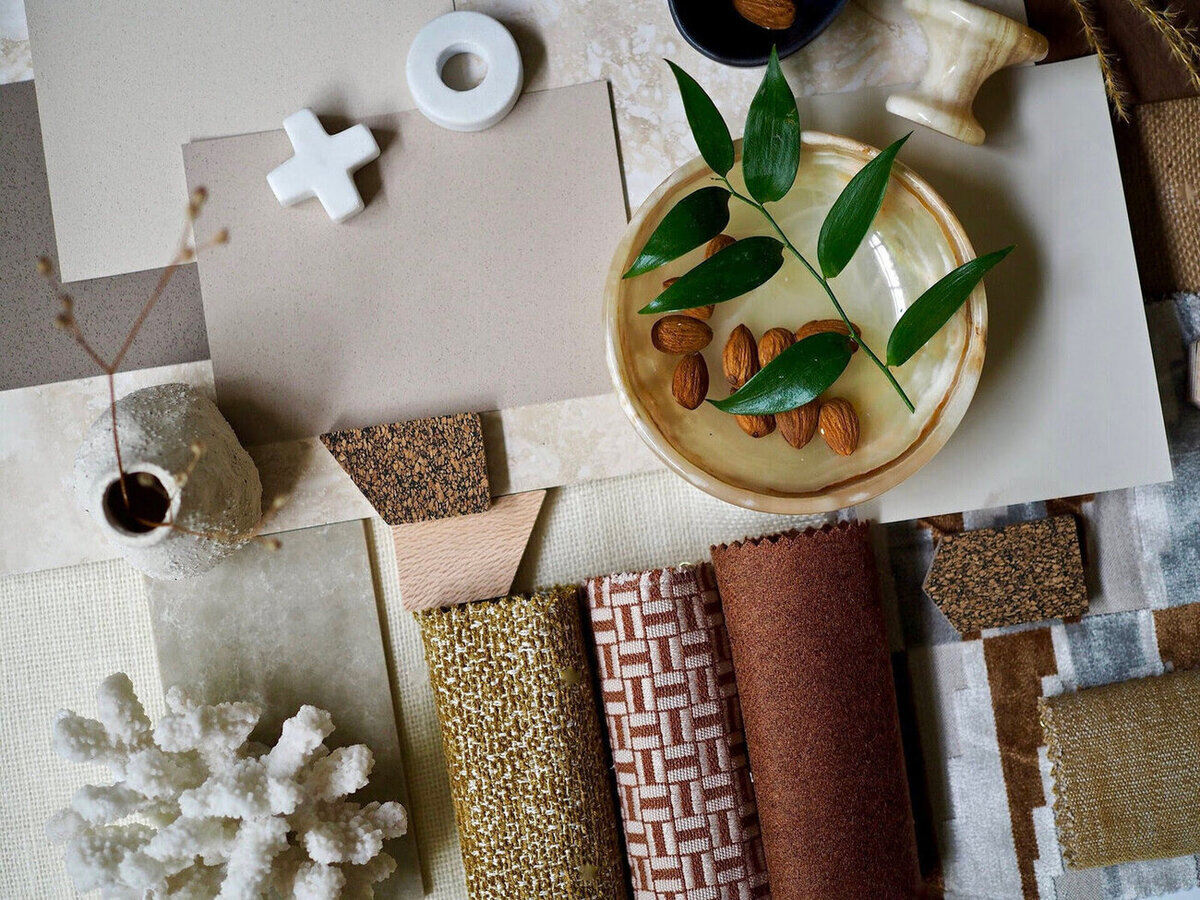
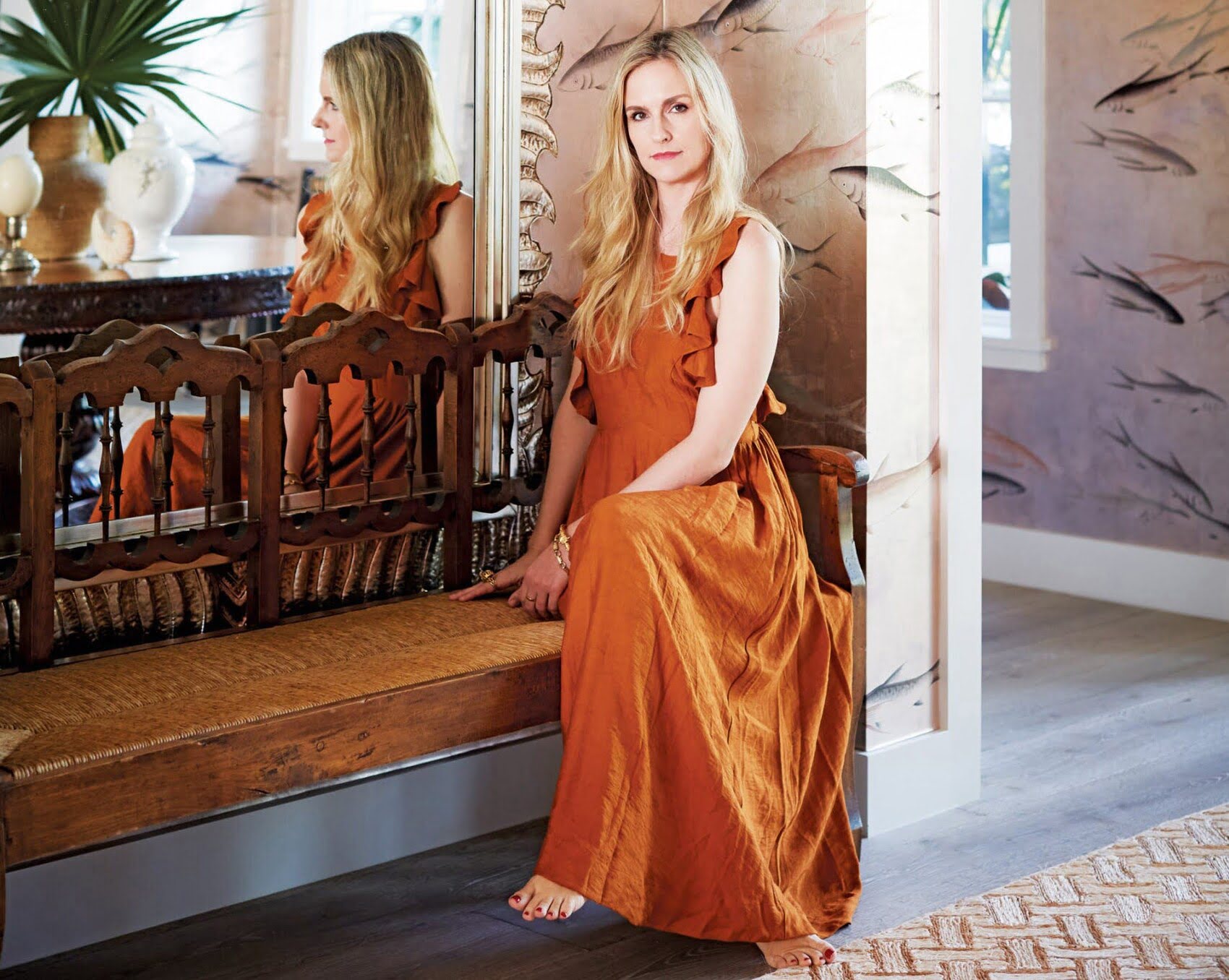
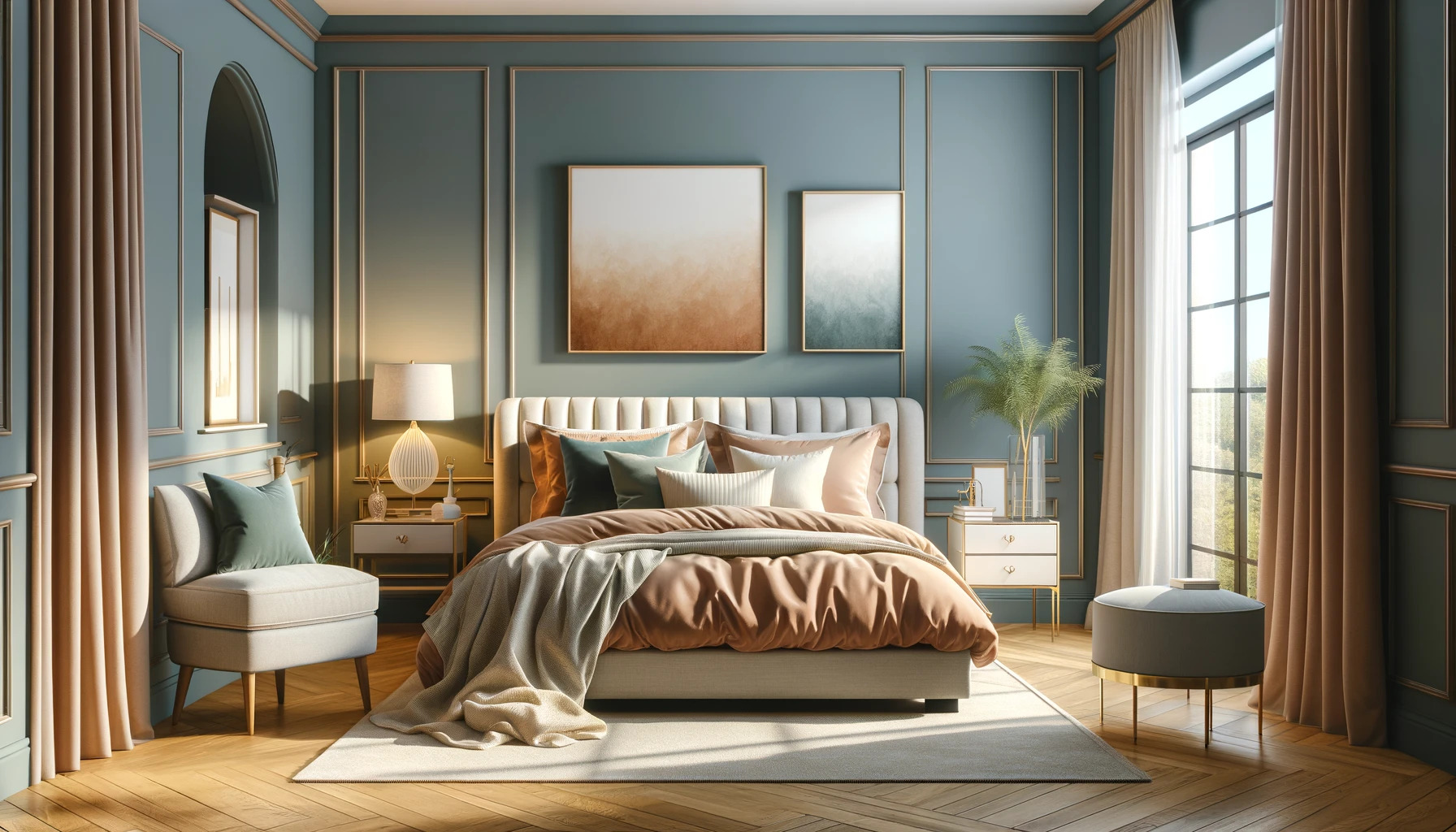
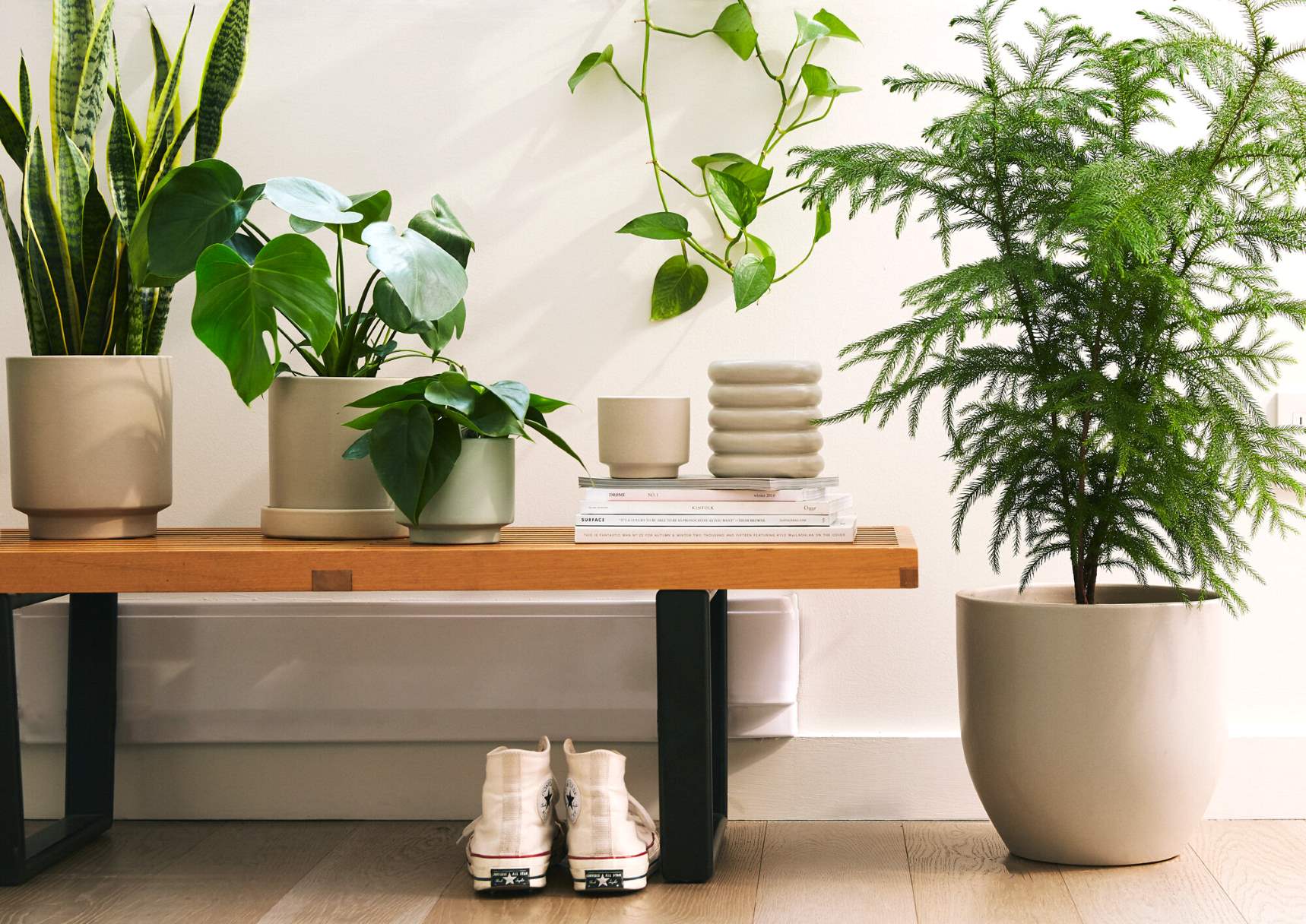
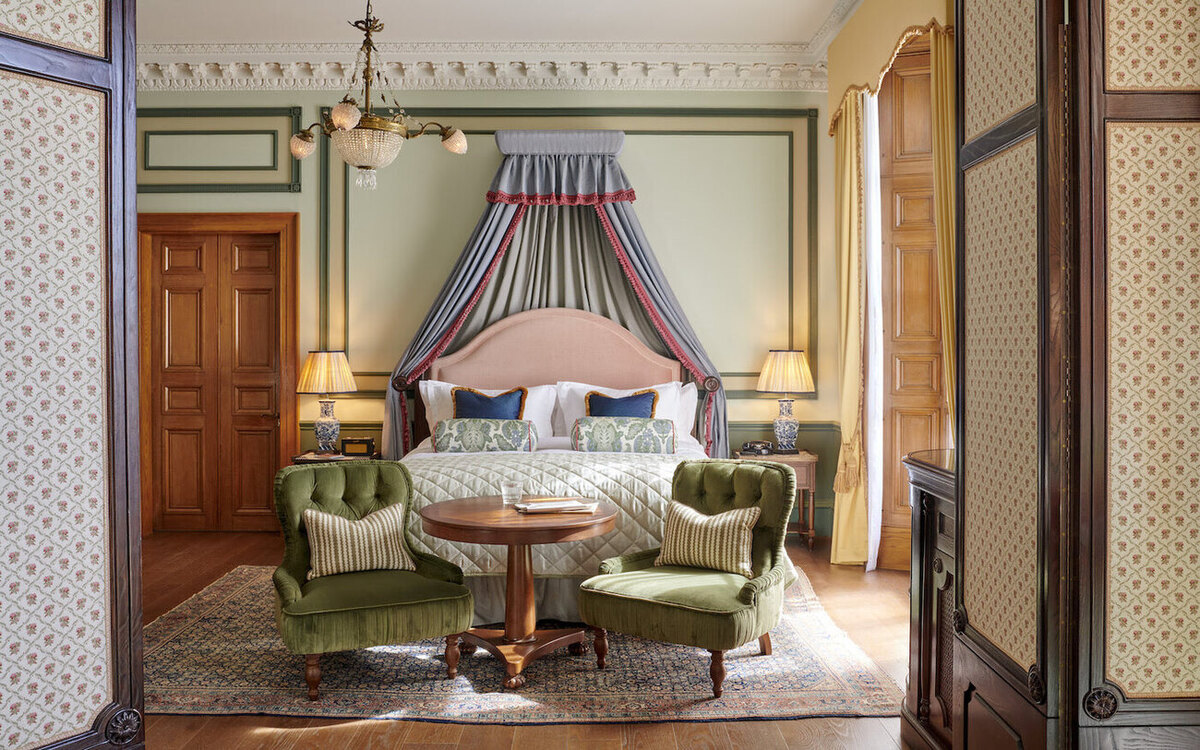
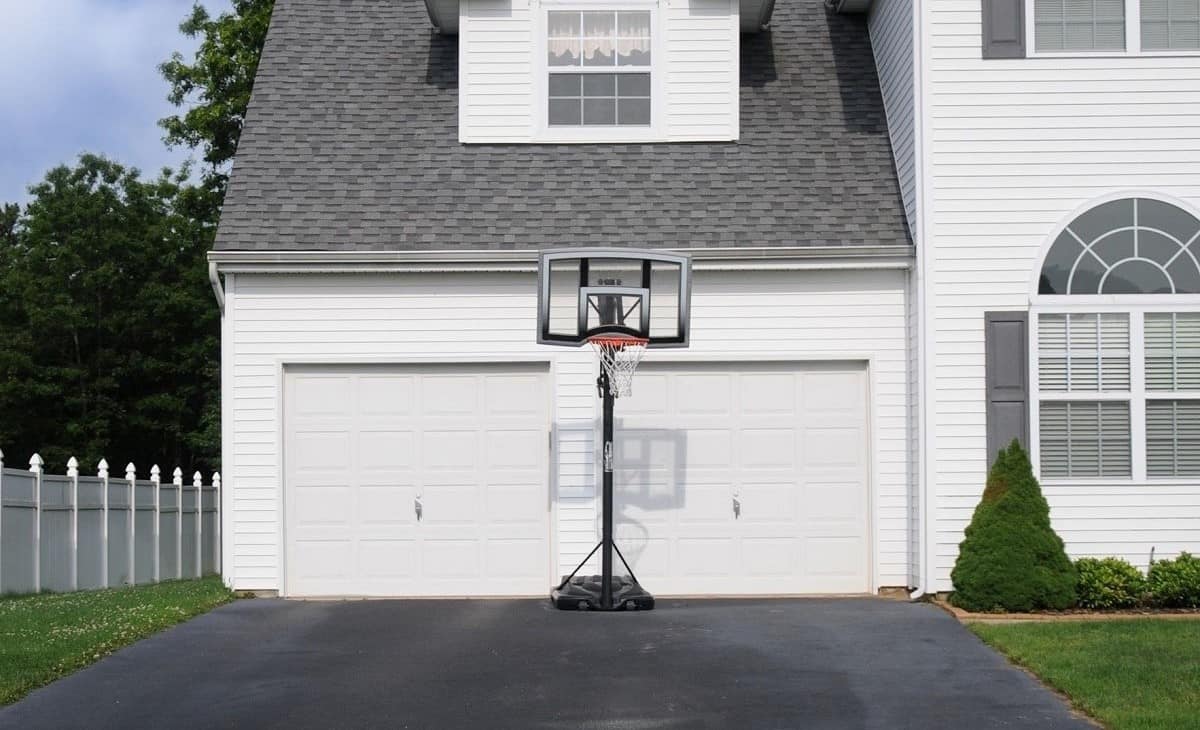
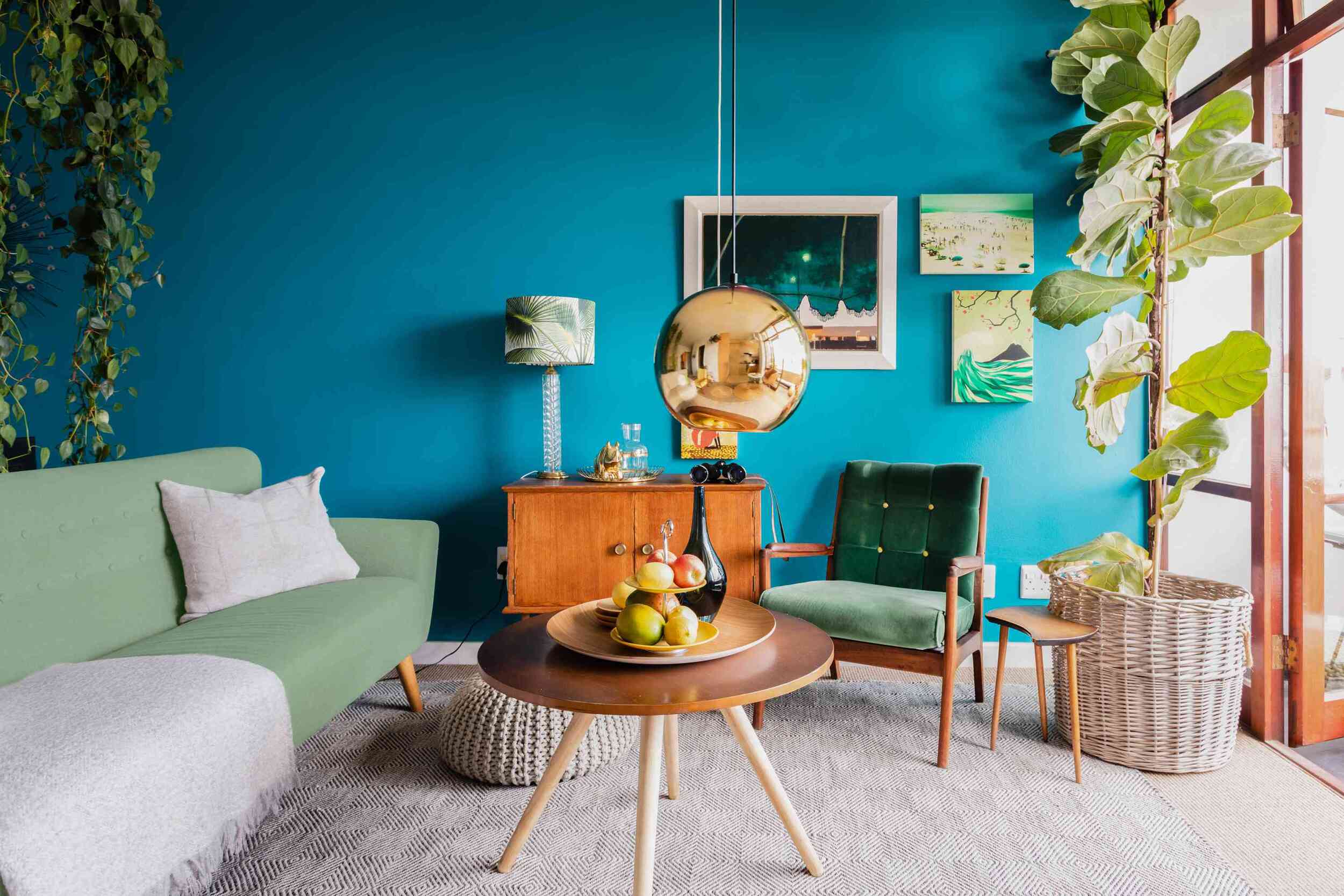

0 thoughts on “Indoor Basketball Court Design: Home Sports Facility Ideas”